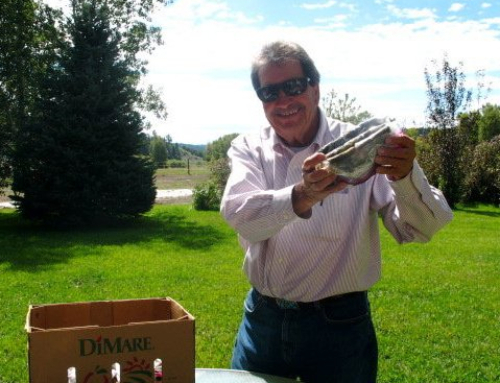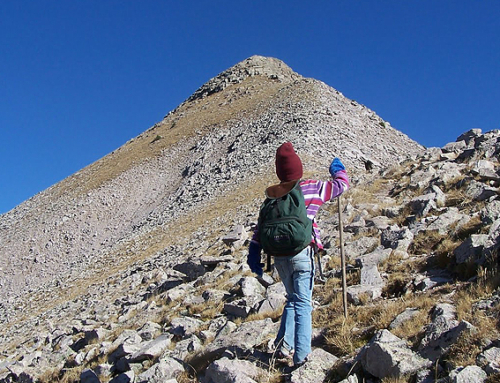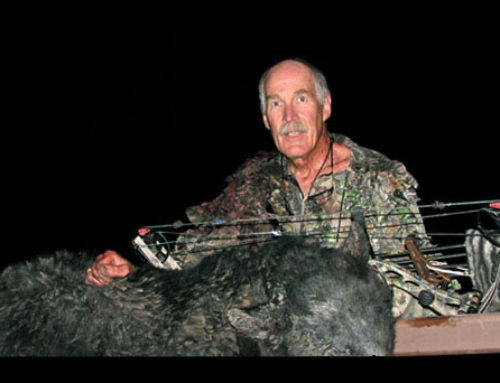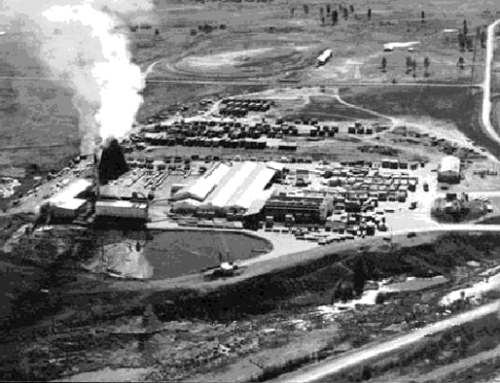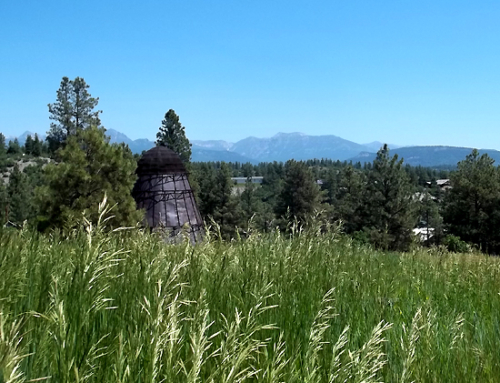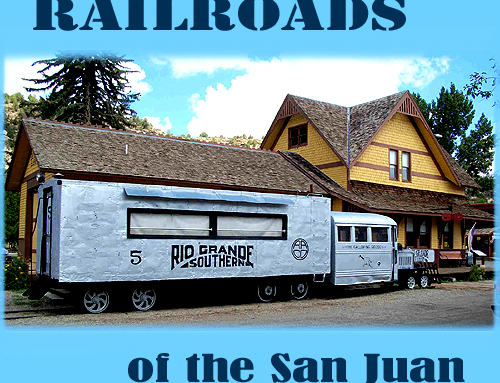Surviving History: Artifacts remind us of a by-gone economy
by Norm Vance
In my recent history articles, references were made to the past, and specifically to the logging and lumber mill days that were once a big part of Pagosa’s economy and are now part of our history. It is interesting to note that some historic artifacts still survive from that time. Some, in fact, still live! Read on.
One artifact is within sight of Highway 160, just off Put Hill. Only the top dome is visible from 160, and you have to know exactly where to look; but if you turn north on Pike Street and then right on Brookover, look to the right. It is clearly seen. It is on private property, so don’t trespass. Seeing this reminded me of my family’s early years here. We did a lot of salvaging, things that turned out to be historic artifacts.
Until a decade or so ago, there was a huge similar cone standing on the old mill site at the 160-84 junction. It finally blew over in a high wind and was later removed. Twenty five years ago, that mill was degraded; but the kilns and several buildings were still standing, along with a variety of machines and piles of junk. The property owners had an auction and sold many items.
For instance, the main office/house sat on the corner and was moved down Highway 84 and is now the white Victorian house slowly being rebuilt near the entrance of Holiday Acres Development.
The summer following the auction, I asked for, and was given, permission to go on the property and salvage what I wanted. “Not much left, but go ahead,” was the actual answer. I found tons, literally, and spent many days hauling it back to my property.
It seemed like I was doing archaeology, and I asked many questions of the old-timers I knew. There were a lot of unique, but rusty, lumber mill tools and parts that are now “lawn and house decorations”. The greatest find was a second type of kiln also used for drying whole trees. I knew of these kilns before the auction. They looked like huge, smoked-black loaves of bread lying on the ground. About ten of them were built side by side, and they were about fifty feet long. Each was large enough to hold an entire tree inside. They were composed entirely of old fashioned yellow fire bricks, each with “Royal Gorge” molded into the sides. By old fashioned, I mean not the new, thin style, but thick, full-size bricks. They were “free stacked”, not mortared in place. And, the top of each kiln was rounded; so there were odd, wedge- shaped bricks to make the curvature. All totaled, there must have been millions of them!
The person who bought the kilns during the auction had a front-end loader scoop up the bricks on the surface and load them in trucks. These bricks were weathered, some even crumbly. During my “excavations”, I discovered each kiln had a three-foot deep foundation of buried non-weathered bricks. These were left behind, were perfect and were MINE!
We (Ruth and I) used these bricks for many purposes; from making borders for flower and garden beds, to stacking them around our wood stove, to absorb and hold heat. And, we are probably the only people around with our own “yellow brick road”! The “road” is a wide path, paved with the bricks. It goes to our greenhouse which we, naturally, call “Emerald City”.
This started the habit of collecting/salvaging old things as we built our house. Our front door came from the old bank, which was in the building on the corner across from the courthouse. We salvaged a hundred-year-old barn, and that wood is in our house. We have a variety of bottles and old tins (cans), from a timber cutter’s lunch found near our property. We display an ice-saw blade, used to cut ice blocks to save for summer use. Ruth befriended the late Gladys Potter, and we have iris plants from a strain brought from Kansas by her grandmother in a covered wagon. Gladys and her husband ran San Juan Supply, Pagosa’s best hardware and general store for decades. We have dozens of these old things in and around our house.
So, there are artifacts surviving from Pagosa’s past, and there are artifacts still living and being put to good use. People ask me why I’m so interested in the local history. It isn’t all just “ancient history” to me, as I live with it everyday of my life.
And remember, salvage is Americas’ greatest growing resource.

